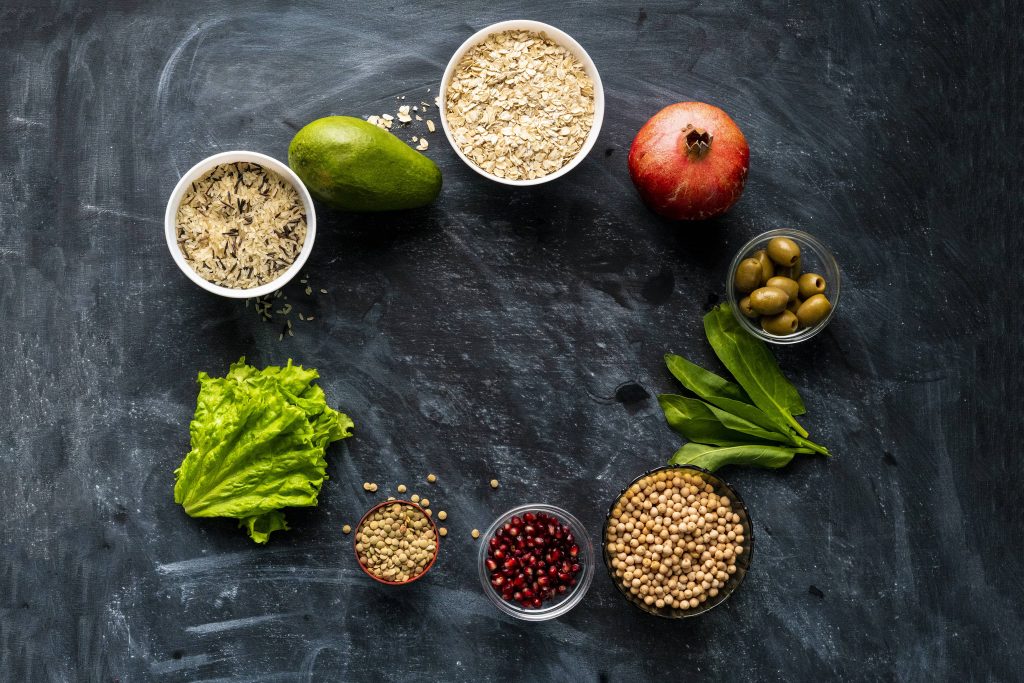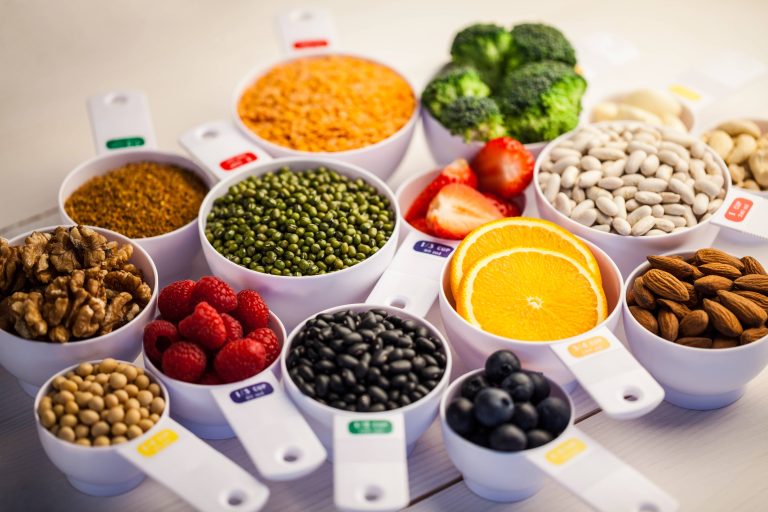
In today’s fast-paced world, maintaining a healthy diet can often seem like a daunting task, especially when you’re on a budget. However, with a little planning and creativity, it’s entirely possible to eat healthily without breaking the bank. This blog post will guide you through the essentials of affordable healthy eating, offering practical tips and strategies to help you nourish your body while keeping your wallet happy.
Understanding the Basics of Healthy Eating
Before diving into the specifics of budget-friendly nutrition, it’s important to understand what constitutes a healthy diet. A balanced diet typically includes:
– Fruits and Vegetables: Rich in vitamins, minerals, and fiber, these should form the cornerstone of your meals.
– Whole Grains: Foods like brown rice, quinoa, and whole wheat bread provide essential nutrients and energy.
– Proteins: Lean meats, fish, eggs, beans, and legumes are vital for muscle repair and growth.
– Healthy Fats: Sources such as avocados, nuts, and olive oil are crucial for brain health and hormone production.
– Dairy or Dairy Alternatives: These provide calcium and vitamin D for bone health.
Planning and Preparation
One of the most effective ways to eat healthily on a budget is through careful planning and preparation. Here are some strategies to consider:
1. Meal Planning: Dedicate some time each week to plan your meals. This helps you avoid impulse purchases and ensures you have all the ingredients you need.
2. Grocery List: Always shop with a list. This prevents unnecessary spending and keeps you focused on buying only what you need.
3. Batch Cooking: Prepare large quantities of meals and freeze portions for later. This not only saves time but also reduces the temptation to order takeout.
4. Seasonal and Local Produce: Buying fruits and vegetables that are in season and locally sourced can significantly reduce costs.
Smart Shopping Tips
When it comes to grocery shopping, a few smart strategies can help you save money:
– Buy in Bulk: Items like grains, beans, and nuts are often cheaper when purchased in bulk. Just ensure you have proper storage to keep them fresh.
– Generic Brands: Store brands often offer the same quality as name brands at a fraction of the price.
– Discount Stores and Markets: Explore local farmers’ markets and discount grocery stores for deals on fresh produce and other essentials.
– Coupons and Loyalty Programs: Take advantage of coupons and store loyalty programs to save on your grocery bill.
Cooking at Home
Cooking at home is not only healthier but also more economical than dining out. Here are some tips to make home cooking more manageable:
– Simple Recipes: Start with simple recipes that require minimal ingredients. As you become more comfortable, you can experiment with more complex dishes.
– Use Leftovers: Get creative with leftovers to minimize waste. For example, use leftover vegetables in a stir-fry or soup.
– Invest in Basic Kitchen Tools: A good set of knives, a cutting board, and a few pots and pans can make cooking more efficient and enjoyable.
Affordable Superfoods
While superfoods are often associated with high prices, there are many affordable options that pack a nutritional punch:
– Oats: A versatile and inexpensive whole grain that can be used in breakfast dishes, baking, and more.
– Eggs: A great source of protein and other nutrients, eggs are both affordable and versatile.
– Beans and Lentils: These are excellent sources of protein and fiber and can be used in a variety of dishes.
– Frozen Fruits and Vegetables: Often cheaper than fresh, frozen produce retains most of its nutritional value and can be used in smoothies, soups, and stews.
Mindful Eating
Finally, practicing mindful eating can enhance your relationship with food and help you make healthier choices:
– Listen to Your Body: Pay attention to hunger and fullness cues to avoid overeating.
– Savor Your Meals: Take time to enjoy your food, which can lead to greater satisfaction and prevent mindless snacking.
– Stay Hydrated: Sometimes thirst is mistaken for hunger. Ensure you’re drinking enough water throughout the day.
Conclusion
Mastering affordable healthy eating is all about making informed choices and being resourceful. By planning your meals, shopping smartly, and cooking at home, you can enjoy a nutritious diet without overspending. Remember, the key is to focus on whole, unprocessed foods and to be mindful of your eating habits. With these strategies, you’ll be well on your way to a healthier, more budget-friendly lifestyle.










